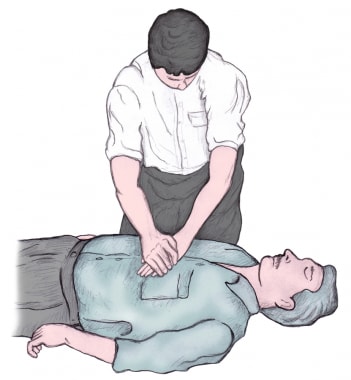Zhi Yuan (Chinese Traditional Kite)
It is said that in the Warring States Period (more than 2000 years ago), a philosopher named Mozi spent three years making a flying bird with bamboo and wood. A well-known ingenious carpenter, Lu Ban carried down this technique. The wooden bird that he made could fly for three days.
For the real origin of kite, experts on folklore hold that they might be invented when the ancient people flew kites on the Pure Brightness Festival (Qing Ming) to commemorate their dead relatives and friends. Kites were mostly used in military affairs in their early stage. According to history, a general of the Tang Dynasty was once besieged in a town. He ordered people to make a huge paper kite and hide a letter for help inside. When the kite was successfully flown, reinforcements arrived in time for the, to win the battle. In the Tang Dynasty, kites imitating the shapes of animals and plants and those emitting sounds emerged, and the major function of kite turned to entertainment. During the Five Dynasty Period (907-960 AD), a man named Li Ye placed a flute-like device on the kite to make more melodious sounds. In the Song and Yuan dynasties, kites were introduced into Tibet, Yunnan and northern China which are inhabited by the minority ethnics.
The renowed places producing kites in China today are Beijing, Tianjin, Nantong of Jiangsu Province and Yangjiang of Guangdong Province. In the process of making a kite, a frame is first made with bamboo strips and is then covered with paper or silk. The making of kites requires considerable skill, so does kit-flying: only in this way can kites fly freely and steadily in the sky. Folk craftsmen with great skill can makes kites in the shape of human figures, animal or auspicious designs. For example, a kite imitating the shape of a centipede is supposed to raise its head up when it flies in the sky, a dragon-shaped kite should be able to move to and fro and a kite in the shape of an eagle is expected to hover.
Chinese people like to fly kite in open fields in the spring. They can breath fresh air, exercise their bodies and lighten their hearts. Traditional Chinese medicine even holds that to walk with the upward when flying a kite is physically and psychologically beneficial sport and an interesting game, hanging a kite on a wall for decoration is apiece of craft work that pleases both the eye and mind.
In recent years, a large-scaled international kite festival has been held annually in Weifang of Shangdong Provience.
 |
| Shandong Weifang International Kite Festival |


No comments:
Post a Comment